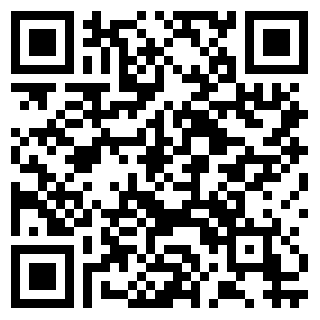- Photos
- Specs
- Advantages
- Value
- Media Map


| Area: | Type:aircraft | Frequency:0 |
| Address: | Format:boarding pass | Duration:/ |
| Location: | Min Qty:10000 | |
| Size:/ | Min Period:month |
During the flight, passengers are in a non-network environment, their attention is more concentrated, the boarding pass is repeatedly checked as a necessary certificate, and the frequency of advertising contact is as high as 8 times per flight
The boarding pass has both practicality and information-carrying functions, and passengers need to be exposed to advertising content in check-in, boarding, and saving vouchers to form a natural reach
As a necessary certificate for boarding, passengers have an average of more than 10 times of contact with the boarding pass from check-in to boarding, with a single stay of more than 3 hours, and the information arrival rate is 100%.
Security checks, waiting and other links form closed scene communication, and the memory of advertisements is increased by 40% compared with ordinary media
The boarding pass for two classes (first class/business class) can be customized to further target high-net-worth individuals
Through the combination of "high-frequency contact and high-end scenes", Air China's boarding pass advertisement has become an efficient medium for brands to reach business people
It supports the customized delivery of first-class/business-class boarding passes, and the consumption capacity of two-class passengers is more than 3 times that of ordinary class passengers, achieving accurate penetration of high-value passenger groups
As the only ticket medium in the passenger's itinerary, the boarding pass has no competition and interference from similar advertisements and monopolizes the user's visual focus
Some passengers will keep their boarding passes as a souvenir, and the advertising life cycle will be extended, forming a secondary communication opportunity
Through the "high-frequency contact and hierarchical reach" model, Air China has made the boarding pass the core medium for the brand to capture high-end travel scenarios
The antipathy rate of boarding pass advertising is only 12%, which is much lower than that of video advertising (34%), and artistic design can balance commerciality and user experience










